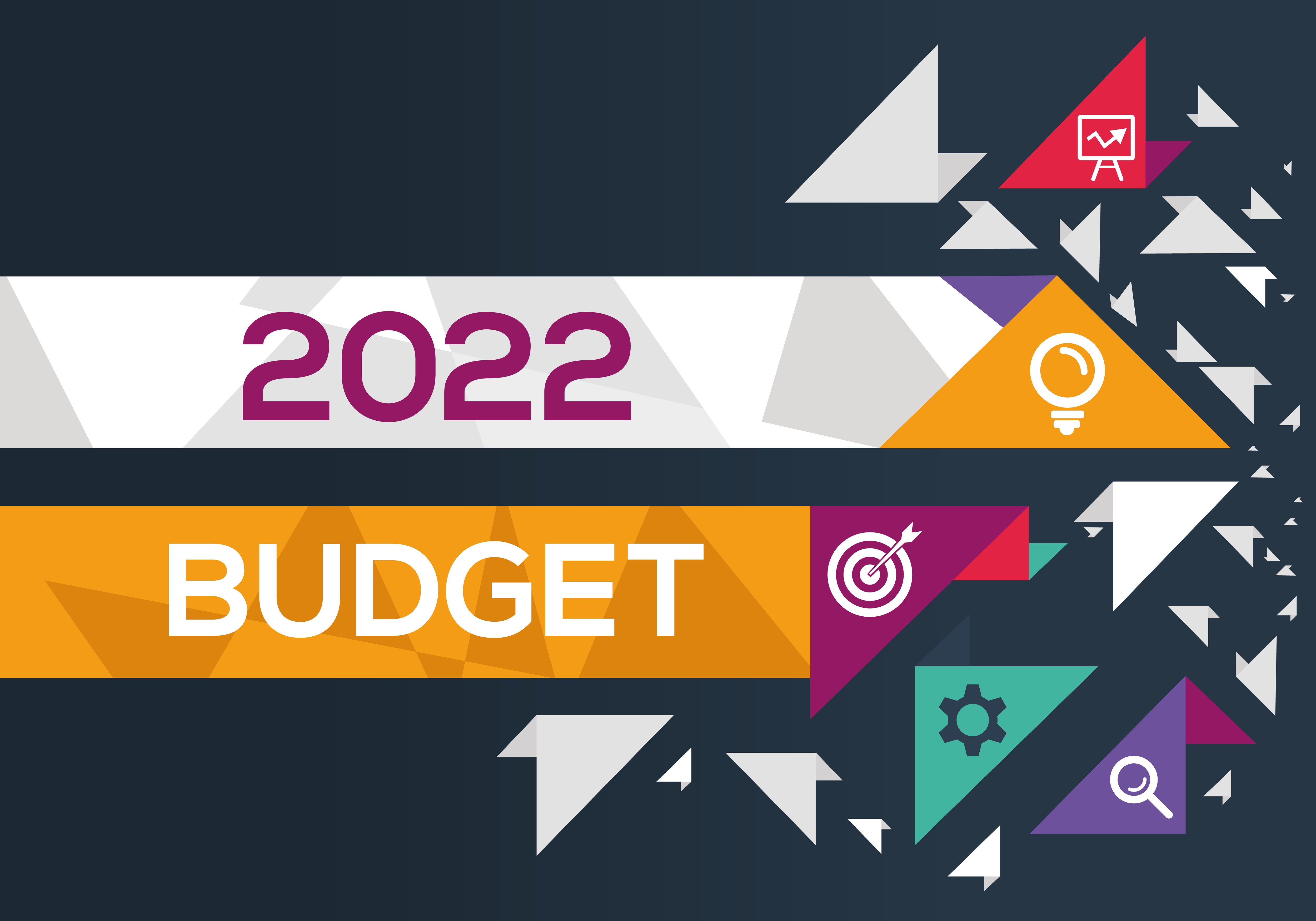
IT financial planning for 2022 is analogous to navigating uncharted waters, but IT initiatives remain critical to business success even as staff shortages affect IT strategy. With business as usual still out of reach, and financial planning more challenging than ever, what’s your best IT budget approach for 2022?
Manage supply chains for changing demand
The imbalance between supply and demand will persist in 2022. CFOs must plan for capital reallocation based on heightened demand. Preparing for the unpredictable may sound oxymoronic, but budget flexibility is your company’s biggest IT management priority for the coming year.
It’s essential to gain a complete understanding of your technology supply chain and move to secure it wherever possible.
Your annual IT budget has never been static, nor should it ever be. Technology is too dynamic and disruptive for static plans. But 2022 is the year in which the definition of “business as usual” shifts to require flexibility in every IT budget and financial forecast.

Prioritizing flexibility
In 2022, a company’s agility will hinge on its ability to create flexibility. Flexible IT budget priorities for the new year include:
- Building robust contingency plans around each IT cost category (e.g., labor, SaaS, hardware, software, etc.).
- Establishing real-time metrics for IT cost centers — particularly those involving digital transformation initiatives.
- Closing the alignment gap between business strategy and IT budget plans.
Market and customer behaviors are still adapting to the combined effects of remote business and omnichannel availability. Everyone wants everything fast. Parallel priorities allow your company to flex as a single entity — business goals powered by IT initiatives — in response to market trends evolving at digital speeds.

Agile cost control
Moving forward, monitoring IT budgets versus actuals at cost center level isn’t going to offer much in the way of controls to IT or finance departments. The old way of running finance is over. Add structure as well as flexibility by implementing midyear reviews of current IT spending and tighter controls over IT budget targeting. This is another area where data will validate IT investments or red flag faltering initiatives. It will take objectivity and a discerning eye to pull the necessary plugs, but consistent, real-time cost controls will increase IT budget transparency and agility.
Preparing for what’s ahead means bracing for the unexpected. If this seems impossible, keep in mind that reforecasting and adjusting on the fly will be critical to maintaining a competitive high-tech edge in the coming years. Go beyond projected fiscal charting, and address the real, strategic impact of your IT budget — on organizational infrastructure, digital applications, and both internal and external stakeholders.
Visit windzr.com to learn more about strategic IT budget planning for 2022 and beyond.

